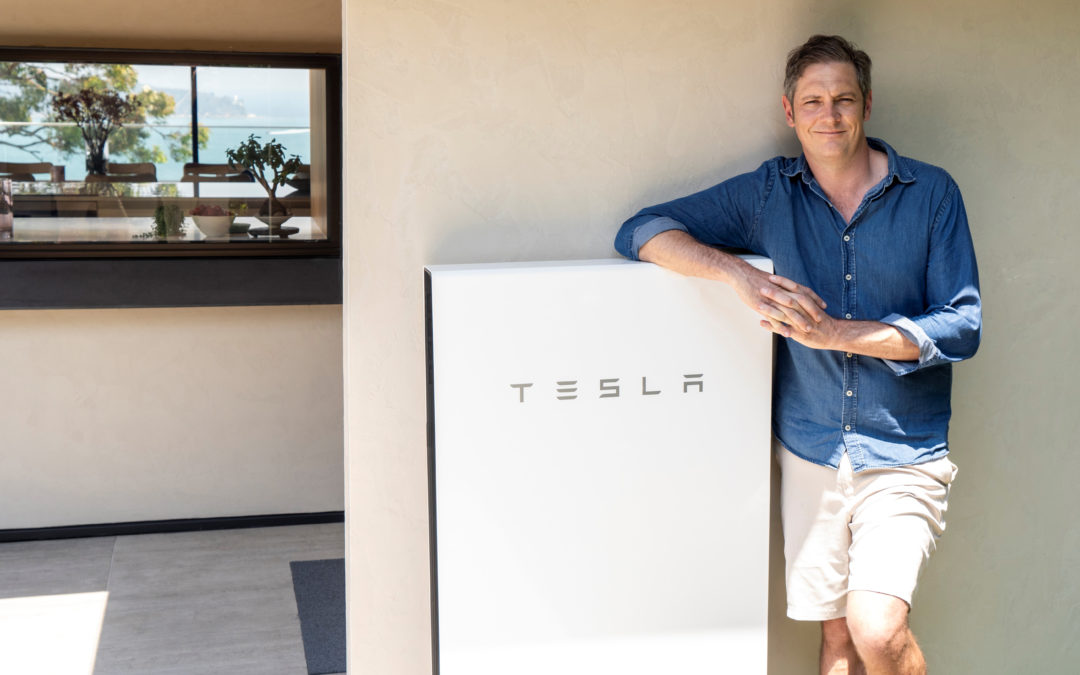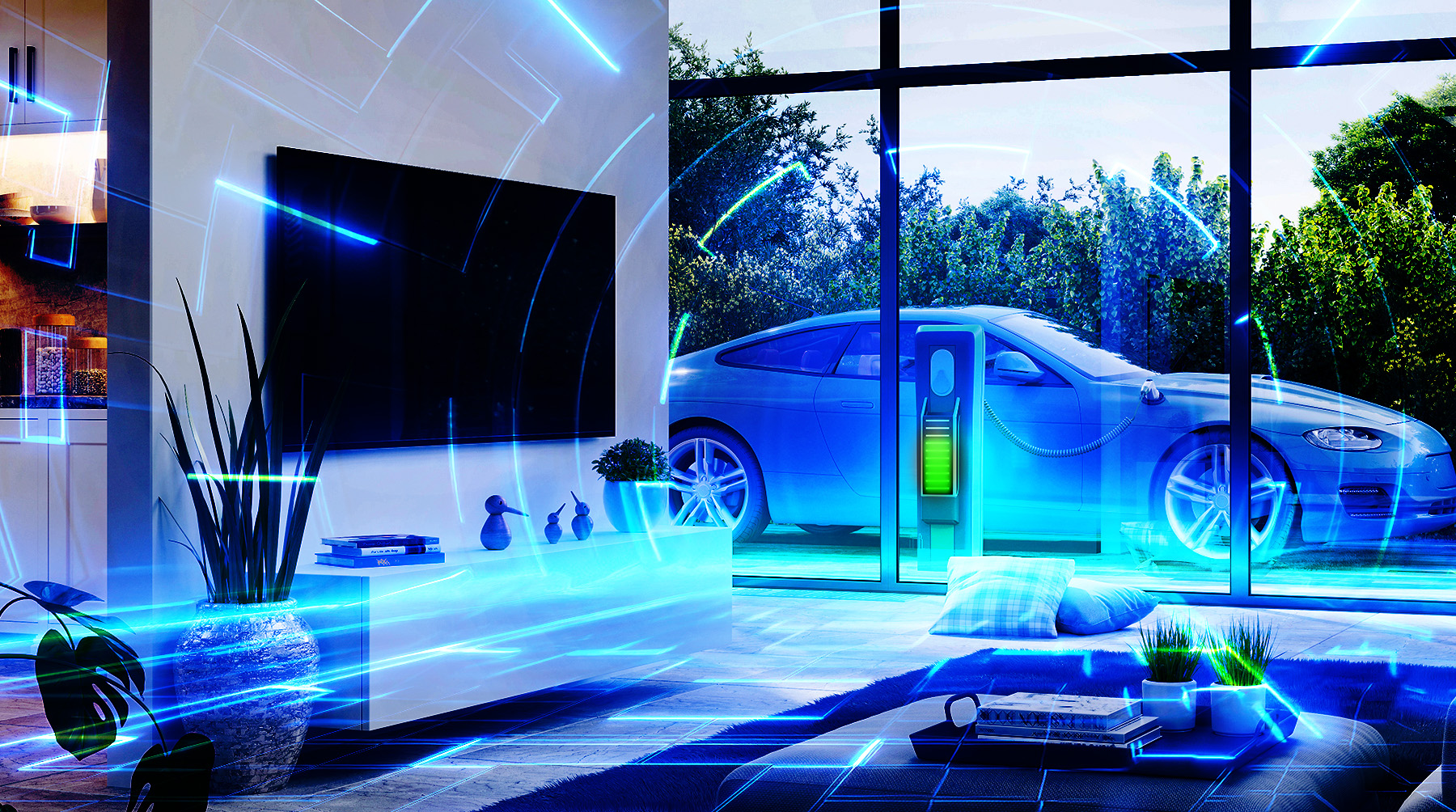Evergen survey reveals Australian solar homeowners are ready to take on batteries with an appetite for energy innovation.
Introduction
In November 2020, Evergen released a survey to 57,000 energy consumers to better understand the state of solar and batteries across Australia. More than 3,000 responses were received Australia wide.
The responses painted a strong picture of renewable energy priorities for Australian homeowners. The results provide us with a snapshot of the demographics of respondents; solar and battery uptake, their appetite for energy innovations such as Virtual Power Plants (VPPs) and community battery schemes, and an understanding of their motivations.
According to the Clean Energy Council, by the end of 2019 there were at least 2.3 million solar installations across Australia, equating to 23.5% of Australian homes with rooftop solar. In comparison, Sunwiz, in April 2020, calculated that in 2019 there were around 73,000 household battery systems across Australia estimated that equated to roughly 7.9% of solar households with a battery.
According to the PVPS National Survey, growth with Australian solar industry has seen a greater than ten-fold increase over the total installed capacity of 1.3 GW since 2011, with the most capacity ever added during 2019.
Conclusive consumer insights
Overall, there were four main takeaways from the survey findings.
1. There is an appetite for energy innovation with ROI focus
There is an overwhelming appetite for information around the paybacks and benefits for taking the plunge from solar only to solar and battery. Consumer education is vital to increase battery uptake for solar only homeowners, with a focus on value / ROI / payback benefits that includes VPP participation.
2. Battery storage is on Australian consumer’s radar
Respondents indicate that battery storage is on their radar. Utility companies should be aware of behavioural changes in energy consumption and a willingness for customers to adopt new ways of doing things if the education and ROI is clear. Customers are willing to innovate should the incentives be there.
3. Education is key
Communicating the complexity of energy in simple terms is important for mainstream homeowners, beyond the early adopters, that might otherwise shy away from the technical nature of energy. This is critical for the mass adoption of batteries in decision making for new and older homes.
4. Evolving the audience is critical for wider adoption
Marketing messages should be tailored to a middle age homeowner audience until battery adoption opens up over the next 1-3 years. Education targeted to female decision makers should be considered. As identified in a recent group, although they are not the main point of contact/the main researcher, they are very much a part of the decision-making process
For a full copy of the report visit here.



